-
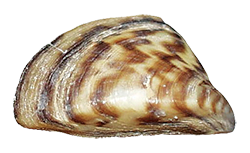
Zebra mussel (Dreissena polymorpha)
Origin: Russia
Threat: The freshwater bivalves reproduce quickly and compete with native species for plankton.
Spread: In the early nineteenth century, zebra mussels navigated Europe’s newly built canal systems by attaching to the hulls of commercial boats. In 1988 they were first documented in the United States in the Great Lakes region, where they were likely dumped with ballast. They have since spread to thirty states and into Canada. -
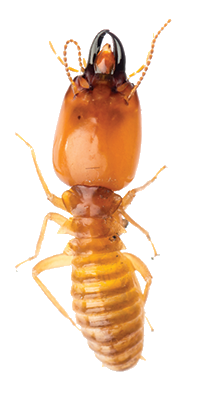
Formosan subterranean termite (Coptotermes formosanus shiraki)
Origin: East Asia
Threat: Responsible for an estimated $1 billion in damage each year, the “super termites” will chew through plastic and asphalt to reach wood.Queens can lay up to two thousand eggs per day and live for fifteen years.
Spread: Thought to have been introduced to the United States by returning World War II military ships, the termite is now endemic across much of the Southeast. It regularly appears in other regions through the transport of infested lumber for utility poles and railroad ties. -
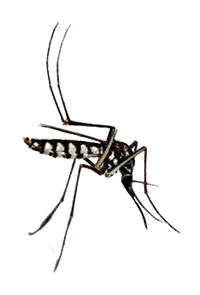
Asian tiger mosquito (Aedes albopictus)
Origin: Southeast Asia
Threat: The aggressive mosquitoes are indiscriminate feeders and will drink the blood of humans, livestock, amphibians, and birds at a rate of up to forty-eight bites per hour. Among the diseases they spread are malaria, filariasis, West Nile virus, and chikungunya.
Spread: The insects lay eggs in any available standing water, including among plants destined for international trade. In 2001 a shipment of lucky bamboo plants from southern China was found to be infested with them upon arrival in Los Angeles. -
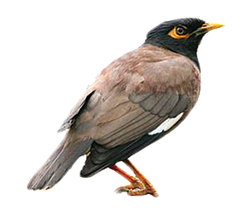
Indian mynah (Acridotheres tristis)
Origin: India
Threat: Brash, loud, and prolific defecators, mynahs are a public nuisance in urban areas. They also spread diseases such as arboviruses and avian malaria.
Spread: Long established in many areas occupied by humans, mynahs continue to use infrastructure to push into remoter regions including Tasmania, where pairs have been seen riding the ferry from mainland Australia. -
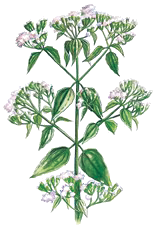
Siam weed (Chromolaena odorata)
Origin: South and Central America
Threat: Like kudzu, the dense shrub grows rapidly, pushing out native plants and overwhelming animal habitats. When dry it ignites easily, contributing to forest fires.
Spread: The species escaped from colonial botanical gardens in India, Indonesia, and Sri Lanka in the nineteenth century thanks to its tiny, lightweight seeds, which can remain viable for up to five years and adhere to clothing, fur, and machinery by means of Velcro-like hooks. -
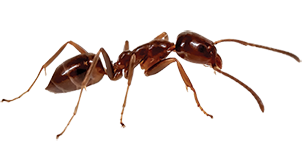
Argentine ant (Linepithema humile)
Origin: Northern Argentina
Threat: In addition to competing with native ant species for food, Argentine ants are unusually aggressive fighters: they attack lizards and small birds, which they drive out of nests in order to kill and eat hatchlings.
Spread: Brazilian coffee ships are thought to have brought the ants to American ports in the 1890s. In 1916 one U.S. Department of Agriculture scientist wrote, “Practically every one of a hundred steamboats landing between New Orleans and Baton Rouge is infested with the Argentine ant.”
